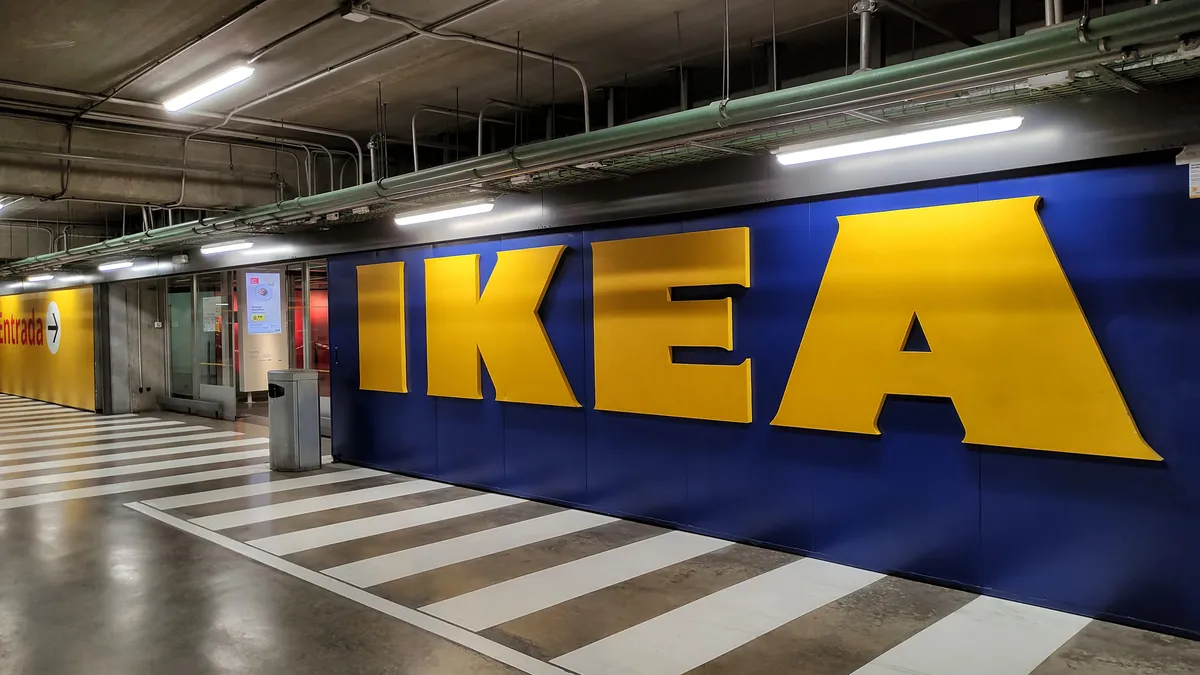The McDonald's supply chain is one of the largest in the world — No. 2 by Gartner’s estimates — and every day goes to work filling 71 million orders across 6,000 menu items, according to Abhi Bhatt, director of data and analytics at McDonald's, speaking at Talend Connect in New York City on Tuesday.
Every bite of a Big Mac, french fry and chicken nugget is feeding that data McMonster.
Already at more than 100 terabytes, the company's data grows with every mobile order, Uber Eats delivery and purchase beneath the iconic golden arches. Feeding 1% of the global population every day is no small demand on business infrastructure and intelligence, and McDonald's had to complete a digital transformation to harness all this data and support global operations at a scale many companies could only imagine.
By turning to the cloud and a new ETL (extract, transform, load) solution, McDonald's has created an integrated and trusted data platform with support for critical business initiatives, growth, scalability and usage-based cost savings.
Moving to the McCloud
More than 100 markets use the McDonald's global platform, which boasts more than 1,000 data integration jobs and 10,000 users across technologies (database, applications, ETL, etc.), according to Bhatt.
With so many markets and users feeding into and trying to use the data platform, reducing friction was key. Across its supply chain, the fast food company needed the capabilities to share data with third parties and vendors without friction.
To overcome the problems of siloed data, limited scale and a lack of predictive analytics, McDonald's set about transforming its digital space to take advantage of valuable data. The fast food company is in the middle of building out a two-year, cloud-based data and analytics platform, with four key objectives:
- Create a platform architecture on the cloud, which will help the company spin up infrastructure at scale.
- Enable self-service, so that not only data but also applications and infrastructure are available to end users.
- Promote good governance and data quality.
- Implement a data catalog and search, so users can search, find and use the data in business terms.
McDonald's leadership weighed the merits of three migration options: Teradata, Teradata on Amazon Web Services and AWS native services, ultimately choosing to go all in on AWS native services for the elasticity, self-service and medium cost. While it selected AWS as its primary cloud provider, the company is still looking at Microsoft Azure for other workloads, including some analytics capabilities.
Data integration is one of the company's biggest workloads, so to augment the cloud platform, McDonald's selected Talend for its ETL (extract, transform, load). McDonald's wanted to be able to run mixed workloads across cloud and on-prem infrastructure and run jobs on multiple clouds.
McDonald's migrated its on-prem database to Amazon Redshift, and in the course of one year converted more than 1,300 ETL jobs to Talend, according to Christopher Schneider, data integrations and solutions architect at McDonald's, speaking at Talend Connect.
The ability to run workloads in multiple clouds is increasingly important, because no company wants to put all its eggs in one basket — especially one as large as McDonald's, according to Bhatt. Containers and serverless computing are two solutions helping customers achieve multicloud support, according to Mike Tuchen, CEO of Talend.
With the right tools, customers can take jobs and put them into containers and run the container across major cloud platforms, such as AWS, Azure and Google Cloud Platform. In addition to this portability, with containers customers can only pay for the compute resources they need — a "thinner slice" of hardware, according to Tuchen.
With serverless computing, customers can pay per second, have unlimited scalability and use resources as needed, instead of paying for a manually provisioned amount of compute power, said Tuchen. This reduces waste of resources during times with fewer workloads while ensuring customers will get the resources they need during workload peaks.
Lessons learned
The company took a "lift and shift" approach to migrate to the cloud, maintaining similar code organization and building a new database without duplicate logic while making the needed changes to business platforms, according to Schneider.
Along the way, the path wasn't smooth. Like most companies taking on migration, McDonald's was faced with the hard reality that the cloud can demand an entirely new skillset and learning curve. IT has to navigate a new field filled with unproven technologies and more emerging every day, according to Bhatt.
To get the job done, the company worked with more than 70 developers and three consulting companies, learning many non-technical lessons were along the way. But bringing in outside help is always an easy advantage because consultants can face a stiff learning curve too.
In McDonald’s case, the consultants that knew the company’s data and processes and had been with the company for longer were able to convert the code quicker and consider more alternative methods, according to Schneider.
Across the board, attention to small details, such as the importance of maintaining naming conventions across new platforms and ensuring communication across groups, also had a huge impact on the success of a mission, according to Schneider.
While moving to the cloud will save the company on resource utilization costs in the long-run, there is a misconception that cloud is cheap, according to Bhatt. The small costs can add up quickly, and before they know it IT can be slapped with a large bill coming out of the left field.
Moving forward, the company will continue working on multicloud support, as well as automation and chargeback models. But with an effective data lake, processes and cloud-tools in place, the company is better positioned today for the digital age.





















